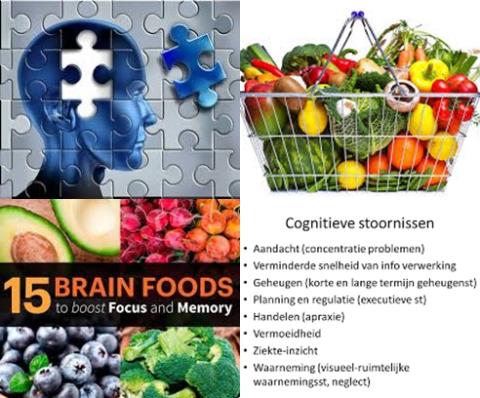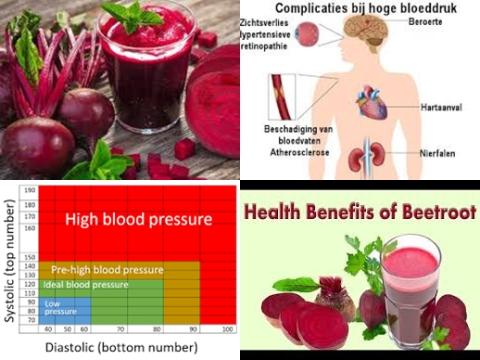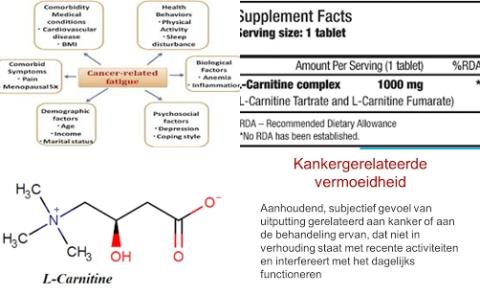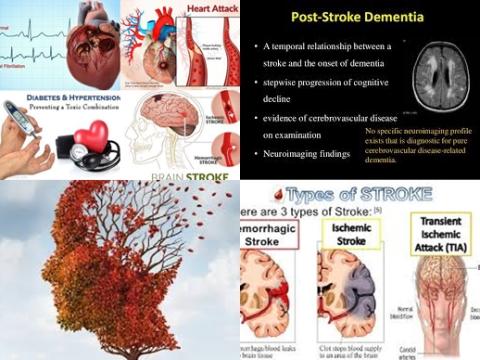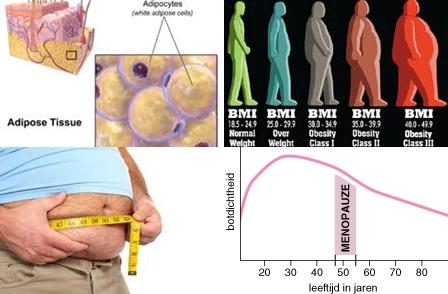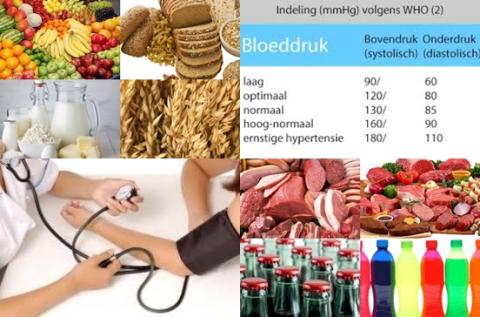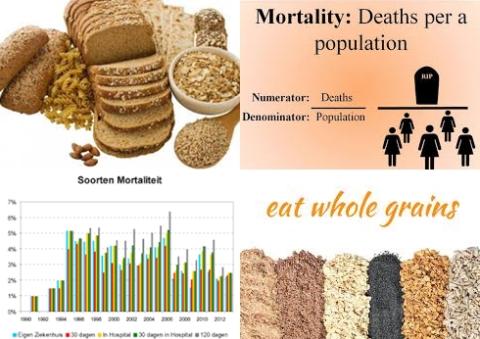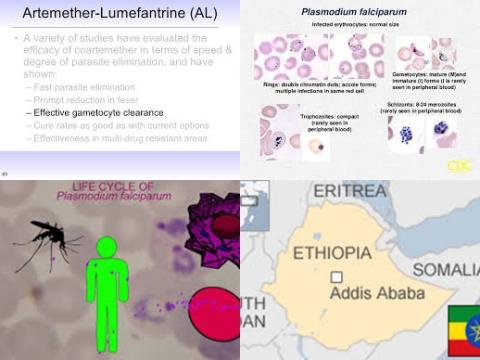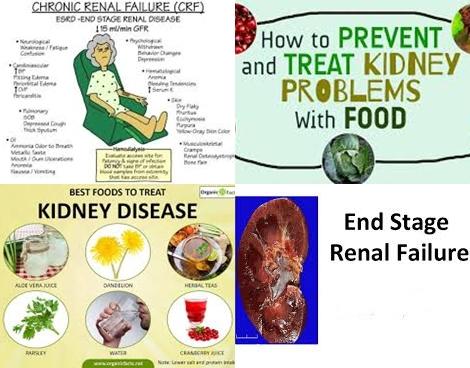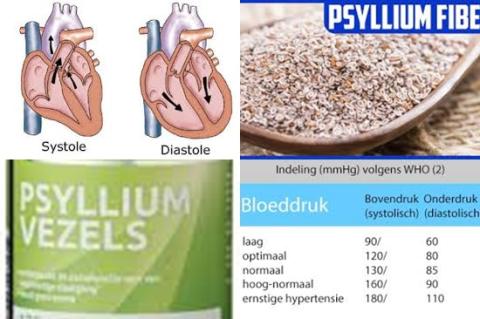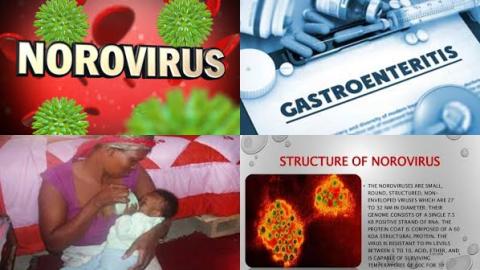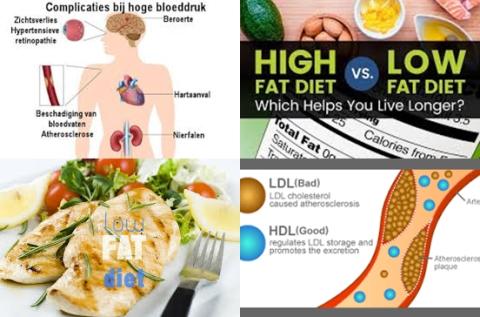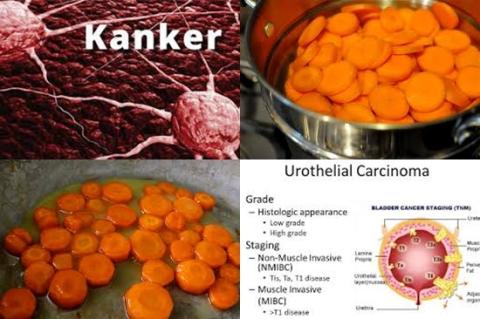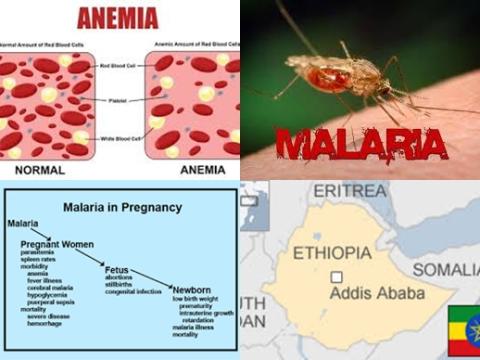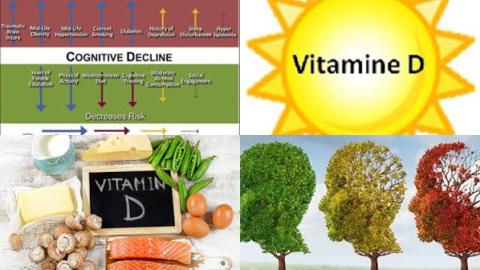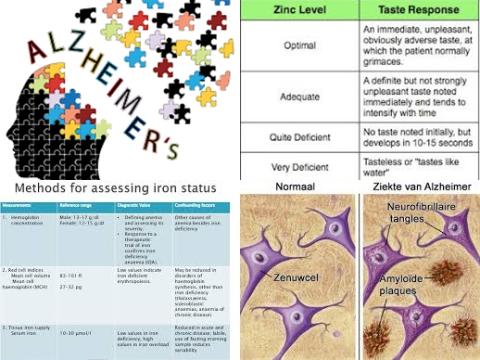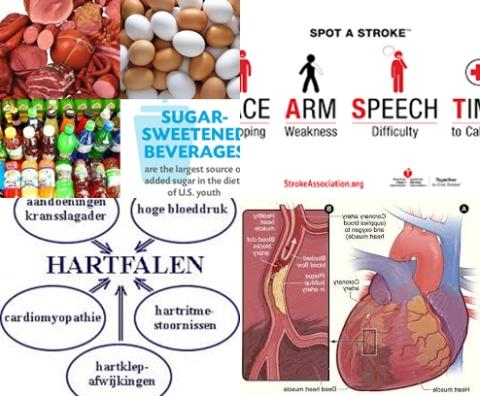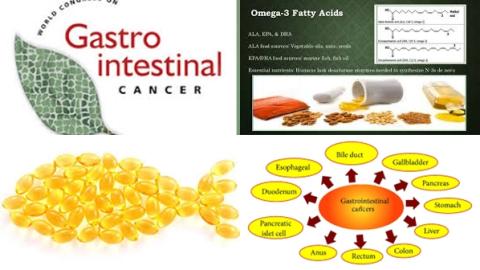A high vitamin D level increases walking speed among older adults

Objectives:
Vitamin D is involved in musculoskeletal health. There is no consensus on a possible association between circulating 25-hydroxyvitamin D (25OHD) concentrations and walking speed, a “vital sign” in older adults. Therefore, this meta-analysis (review article) has been conducted.
Does a high vitamin D level (expressed as circulating 25-hydroxyvitamin D (25OHD) concentrations) increase walking speed in older adults?
Study design:
This review article included 22 observational studies (17 cross-sectional and 5 longitudinal). The number of participants ranged between 54 and 4,100 (0-100% female).
Results and conclusions:
The investigators found usual walking speed was slower among participants with hypovitaminosis D, with a clinically relevant difference compared with normal vitamin D (>75 nmol/L) of -0.18m/s for severe vitamin D deficiency (≤25 nmol/L), -0.08m/s for vitamin D deficiency (≤50 nmol/L) and -0.12m/s for vitamin D insufficiency (≤75 nmol/L).
The investigators found similar results regarding the fast walking speed [mean differences = -0.04m/s for vitamin D deficiency (≤50 nmol/L) and vitamin D insufficiency (≤75 nmol/L) compared with normal vitamin D (>75 nmol/L) and Timed Up and Go test (TUG) [mean difference = 0.48s for severe vitamin D deficiency (≤25 nmol/L) compared with normal vitamin D (>75 nmol/L).
The investigators found a slow usual walking speed was positively associated with:
-severe vitamin D deficiency (≤25 nmol/L) [summary OR = 2.17, 95% CI = 1.52-3.10];
-vitamin D deficiency (≤50 nmol/L) [OR = 1.38, 95% CI = 1.01-1.89] and;
-vitamin D insufficiency (≤75nmol/L) [OR = 1.38, 95% CI = 1.04-1.83], using normal vitamin D (>75 nmol/L) as the reference.
The investigators concluded that robust evidence shows a high 25OHD concentration (vitamin D level of >75 nmol/L) increases walking speed among older adults.
Original title:
Vitamin D and walking speed in older adults: Systematic review and meta-analysis by Annweiler C, Henni S, [...], Duval GT.
Link:
https://www.ncbi.nlm.nih.gov/pubmed/29150169
Additional information of El Mondo:
Find more information/studies on review article/observational studies, vitamin D and elderly right here.
A vitamin D level of >75 nmol/L can be achieved by taking 800-1200 IU/d (800-1200 mcg/d) vitamin D3 supplements.
